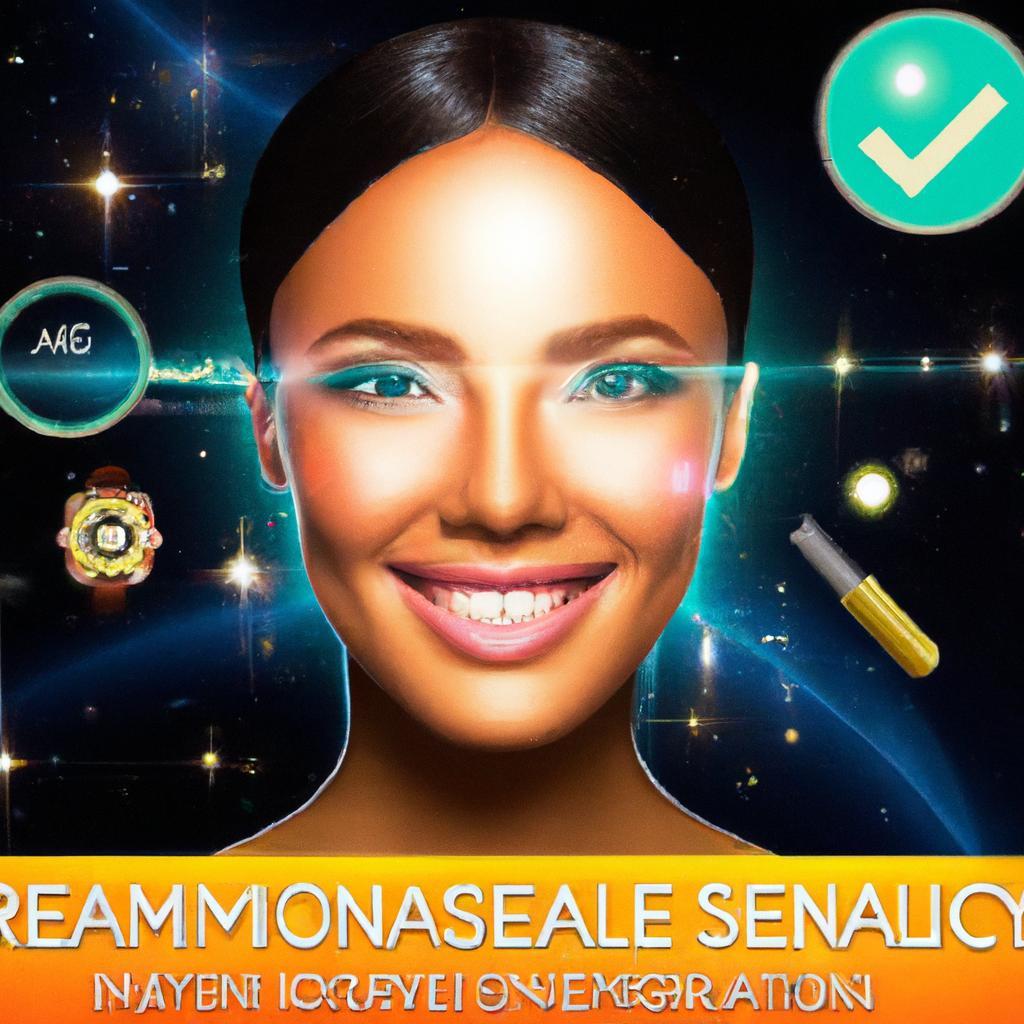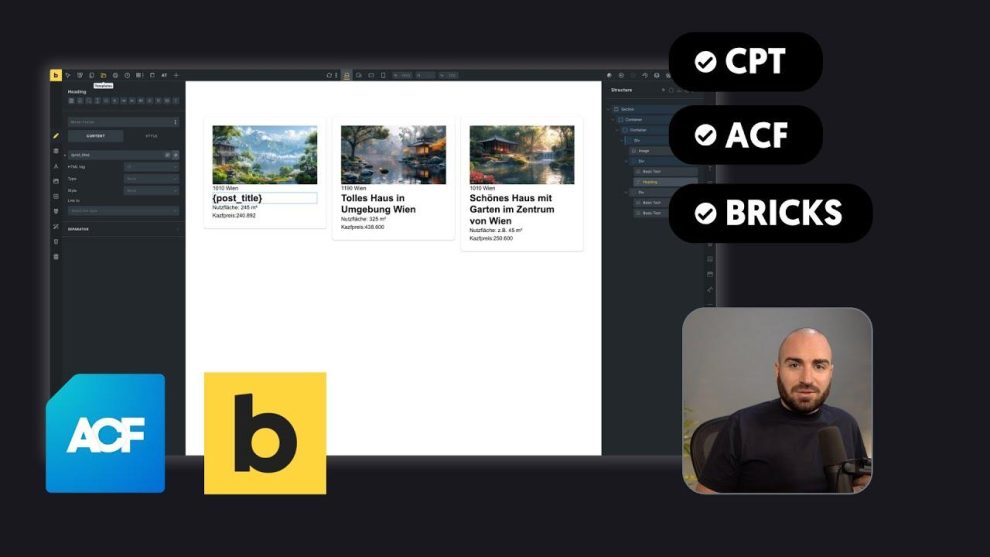In a world where the cacophony of voices often drowns out the nuances of meaningful dialogue, the art of effective communication stands as a beacon of connection and understanding. Every day, we navigate a landscape rich with diverse cultures, opinions, and perspectives, yet the ability to convey thoughts clearly and empathetically remains a skill that eludes many. “Unlocking Potential: The Art of Effective Communication in Today’s World” invites readers to embark on a journey of discovery, exploring the fundamental principles that transform mere exchanges into powerful connections. As we delve into the intricacies of verbal and non-verbal communication, we will uncover strategies to enhance interpersonal relationships, bridge divides, and foster collaboration in both personal and professional spheres. Together, we will explore how mastering this essential art not only enriches our interactions but also unlocks the vast potential that lies within each of us, empowering us to change the narrative of our lives and the communities we inhabit.
Cultivating Active Listening Skills for Deeper Connections
Active listening is a transformative skill that fosters genuine connections and enhances communication. It involves more than just hearing words; it requires a full engagement of the mind and heart. To cultivate this invaluable skill, consider implementing the following techniques in your daily interactions:
- Maintain eye contact: This shows the speaker that you are present and invested in the conversation.
- Eliminate distractions: Put away your phone and minimize background noise to focus entirely on the speaker.
- Reflect and clarify: Restate or paraphrase what the speaker says to confirm understanding and show that you are processing the information.
- Ask open-ended questions: Encourage deeper dialogue by inviting the speaker to share more of their thoughts and feelings.
When practiced consistently, active listening creates an environment where individuals feel valued and understood, paving the way for more meaningful exchanges. To further illustrate the impact of active listening on relationships, consider the following table outlining the benefits of this skill in various settings:
| Setting | Benefits of Active Listening |
|---|---|
| Personal Relationships | Enhances trust and intimacy |
| Workplace | Boosts collaboration and team morale |
| Education | Improves comprehension and retention |
| Conflict Resolution | Promotes understanding and empathy |
Mastering Nonverbal Cues to Enhance Message Clarity
In the intricate dance of communication, nonverbal cues serve as the unsung heroes that significantly elevate message clarity. These cues, often more powerful than words themselves, encompass facial expressions, gestures, posture, and even eye contact. By cultivating awareness around these elements, communicators can enhance their connectivity with their audience. For instance, a warm smile conveys openness, while crossed arms might signal defensiveness. By paying attention to these subtle signals, both the speaker and the listener can engage in a more profound exchange of ideas, leading to more meaningful interactions.
To master these nonverbal elements effectively, one must embrace a multidimensional approach. Here are several strategies that can help refine nonverbal communication skills:
- Mirror your audience: Subtly reflecting the body language of those you interact with can foster rapport.
- Vocal variety: Adjusting tone, pitch, and tempo can convey enthusiasm and keep listeners engaged.
- Mind your space: Understanding proximity can help establish comfort levels and boundaries while communicating.
- Practice active observation: Being aware of others’ nonverbal cues can provide insights into their feelings and reactions.
| Nonverbal Cue | Meaning |
|---|---|
| Eye Contact | Confidence and Engagement |
| Open Posture | Receptiveness and Trust |
| Nods | Acknowledgment and Agreement |
| Facial Expressions | Emotional Understanding |
Each of these strategies can significantly boost the effectiveness of your communication by making the intent behind your words clearer. When nonverbal signals align with verbal messages, you create an environment ripe for understanding and collaboration. Thus, mastering these cues is not merely an asset; it’s a vital component in unlocking the potential of effective communication, fostering not just clarity but also connection in both personal and professional realms.
Fostering a Culture of Open Dialogue in Diverse Environments
Creating an environment where every voice can be heard and valued is essential in today’s globalized world. By encouraging individuals to share their perspectives and experiences, organizations can harness the full potential of their diverse workforce. This can be achieved through a variety of methods, including:
- Regular Feedback Sessions: Establishing a routine for open feedback ensures that every member feels empowered to express their thoughts and ideas.
- Inclusive Workshops: Conducting workshops that focus on cultural awareness and communication styles can bridge gaps between different backgrounds.
- Safe Spaces for Discussion: Creating designated areas — both physical and digital — where team members can converse without fear of retribution enhances trust and openness.
Moreover, fostering a culture where dialogue is prioritized requires commitment at all levels, from leadership to entry positions. Teams can benefit from structured communication strategies that promote collaboration and understanding, which can include:
| Strategy | Purpose |
|---|---|
| Empathy Training | To build compassion and understanding among team members. |
| Rotating Moderated Discussions | To allow varied leadership styles and perspectives to shape dialogue. |
| Anonymous Suggestion Box | To provide a platform for honest feedback without fear of judgment. |
The Way Forward
As we navigate the intricate tapestry of modern life, effective communication emerges as a vital thread that weaves connections, fosters understanding, and unlocks the immense potential within us all. Whether in personal relationships, professional environments, or digital landscapes, the art of communicating adeptly is more crucial than ever. By embracing the principles outlined in this exploration, we not only enhance our own ability to convey thoughts and emotions but also create an inclusive space for others to share their voices.
In a world where the noise can often drown out the message, let us become the architects of our dialogues—thoughtful, intentional, and empathetic. Remember, each conversation is an opportunity: to bridge divides, to inspire change, and ultimately, to unlock the diverse potential that lies within our communities. As you step into your next interaction, consider how the art of communication can transform not just your own journey, but also the journeys of those around you. The path to understanding and collaboration starts with a simple yet profound act: listening.



















Add Comment